Animals have evolved over millions of years to thrive in some of the most unforgiving environments on Earth. From the icy tundras to scorching deserts, these creatures exhibit remarkable adaptations that ensure their survival. In this article, we’ll explore 11 incredible animals that defy the odds by flourishing in extreme climates and uncover the secrets behind their resilience.
Introduction to Extreme Climate Adaptations

Throughout the natural world, animals have adapted to endure harsh conditions that might seem inhospitable to most living beings. These adaptations often include physical, physiological, and behavioral changes that not only ensure survival but also allow these animals to thrive despite the odds. Let’s dive deeper into some specific examples of these extraordinary creatures and their survival tactics.
Polar Bears Masters of Arctic Survival

Polar bears are iconic when it comes to surviving the frigid conditions of the Arctic. Equipped with thick layers of blubber and dense fur, they are well insulated against extreme cold. Their large paws distribute their weight when walking on thin ice, and their sharp claws provide a grip on the slippery surfaces. Additionally, these bears have a unique metabolic adaptation that allows them to survive periods of food scarcity during the long, harsh winters.
Fennec Foxes Thriving in the Desert

In the vast expanse of the Sahara desert, the fennec fox showcases several adaptations that help it endure scorching temperatures and scarce water resources. With large ears that radiate heat and help keep the animal cool, this fox is also nocturnal, avoiding the sun by being active at night. Sand-colored fur provides camouflage, while their kidneys retain water efficiently, allowing them to go long periods without a steadfast water source.
Camels Navigators of the Desert

Camels, renowned as “ships of the desert,” possess several adaptations that make them perfectly suited for arid environments. Their humps store fat, which can be converted into water and energy when food is scarce. With thick eyelashes and closable nostrils, camels protect themselves from sandstorms. They have the remarkable ability to drink large quantities of water in one go, allowing them to survive long stretches between oasis stops.
Emperor Penguins Endurance in the Cold

In the heart of Antarctica, emperor penguins showcase resilience by nesting and breeding during the coldest months. They have layers of feathers that offer protection from the chill and huddle in groups to conserve warmth. Their unique ability to regulate their metabolism allows them to go without food for extensive periods, as they incubate their eggs through the harsh winter.
Scorpions Survivors in Arid Climates
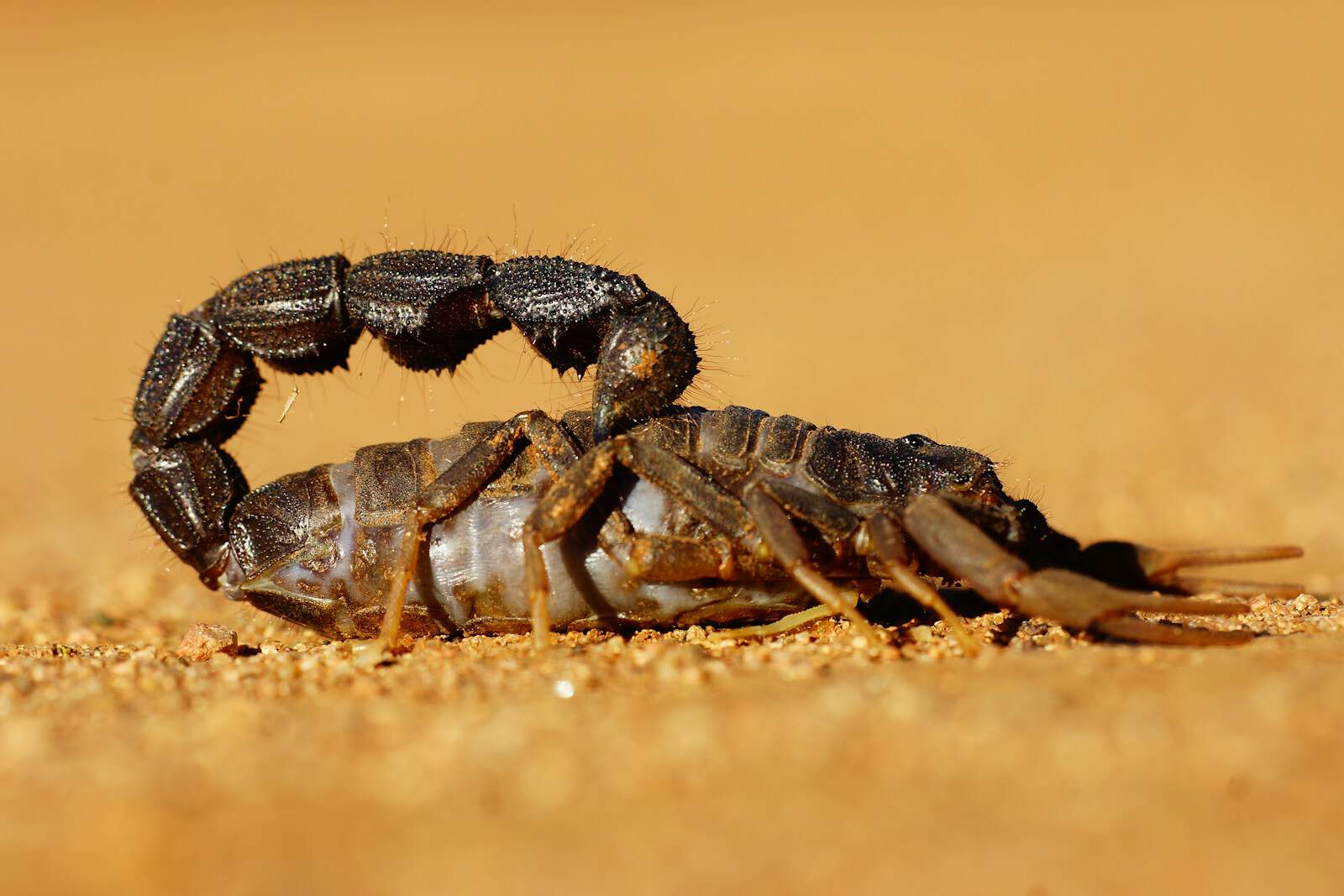
Scorpions have evolved to survive and thrive in some of the planet’s driest regions. They are nocturnal, reducing water loss by avoiding the sun’s intensity. With a thick exoskeleton, scorpions minimize dehydration. Moreover, these arachnids can slow down their metabolism, enabling them to survive on minimal food intake, sometimes going a year without a meal.
Wood Frogs The Champions of Freezing Winters
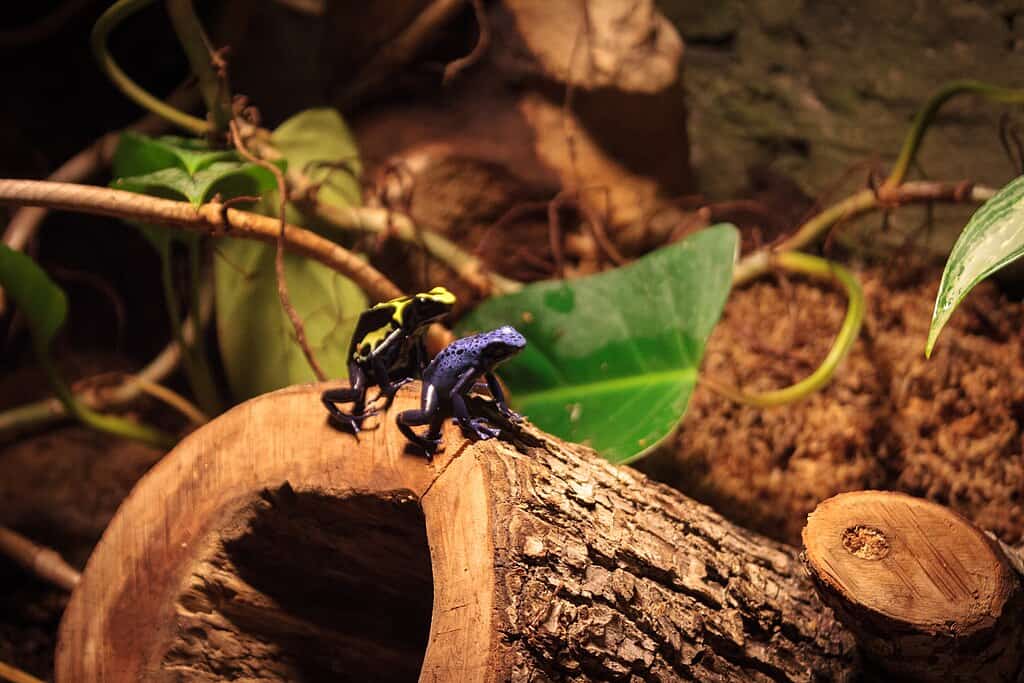
The wood frog utilizes a fascinating adaptation known as “freeze tolerance” to survive cold climates. During winter, up to two-thirds of the water in their bodies can freeze. They produce a natural antifreeze consisting of glucose and urea, preventing their cells from bursting and allowing them to survive until thawing in spring.
Desert Iguanas Heat-Adapted Reptiles
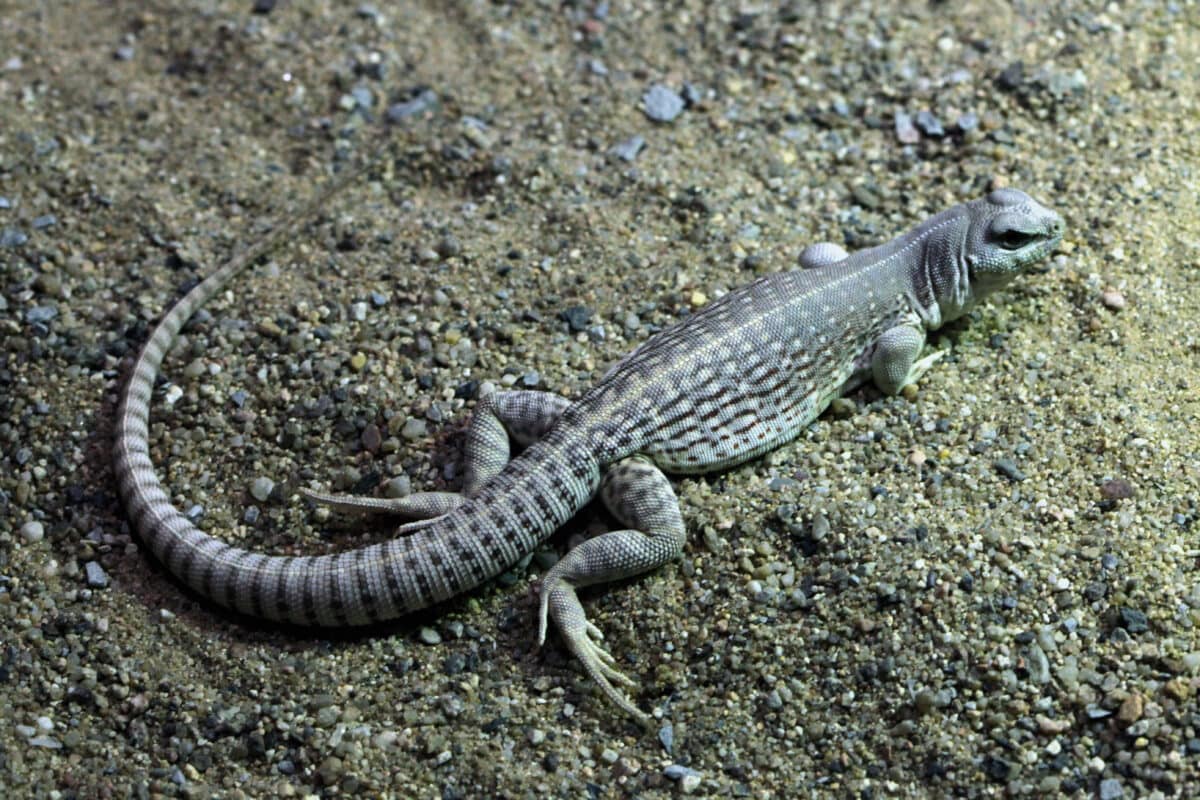
Desert iguanas are well-suited for life in hot temperatures. These reptiles can withstand body temperatures higher than most other animals. They are active during the heat of the day when predators are less likely to be hunting. Their pale skin reflects sunlight, aiding in the prevention of overheating, while their diet of moisture-rich plants helps in hydration.
Yaks Strengths of High Altitudes

Yaks, living at high altitudes on the Tibetan Plateau, are built to thrive in cold and oxygen-poor environments. Their thick, woolly coats provide insulation against the biting cold. Additionally, yaks have larger lungs and hearts, along with more red blood cells, allowing them to use oxygen more efficiently than other mammals at extreme elevations.
Kangaroo Rats The Desert’s Water-Conservation Experts

Native to North American deserts, kangaroo rats have adapted to life with almost no water. They extract moisture from the seeds they consume and have impressive kidneys that produce highly concentrated urine, minimizing water loss. These nocturnal animals also burrow to escape the daytime heat, maintaining a cooler environment.
Tardigrades The World’s Most Resilient Micro-Animals
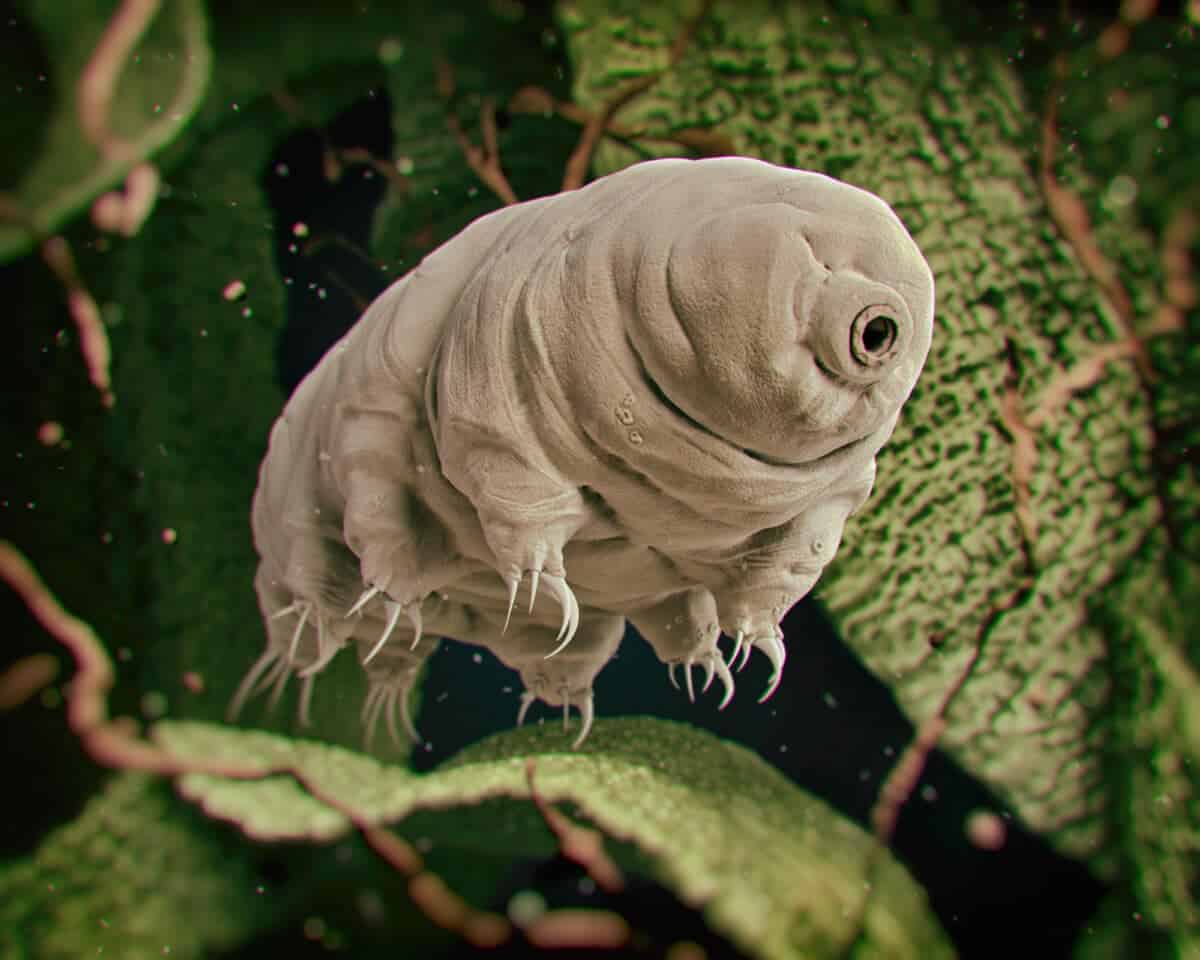
Tardigrades, or “water bears,” exist in environments ranging from icy tundras to deep-sea vents. They can survive extreme temperatures, intense radiation, and even the vacuum of space. During unfavourable conditions, tardigrades enter a cryptobiotic state, suspending their metabolism and effectively resisting death until favourable conditions return.
Saharan Silver Ants Efficient Heat Regulators

Among the few creatures that forage in the desert’s midday sun, Saharan silver ants withstand extreme heat thanks to their reflective silver hairs that deflect the sun’s rays. They are highly adapted to regulate their body temperature and move quickly to minimize time spent in the open, reducing heat exposure and predation risks.
Conclusion: Nature’s Lessons in Adaptation
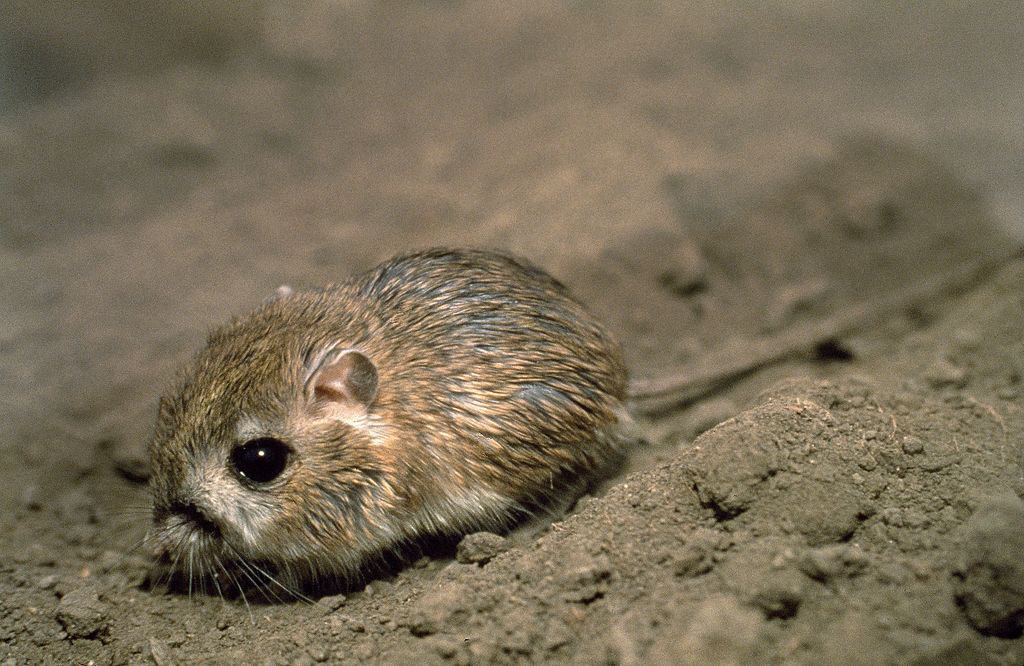
The ability of these animals to survive in extreme climates showcases the incredible adaptability of life on Earth. From physiological changes to behavioral innovations, each of these creatures holds lessons in resilience and adaptation. As climate change continues to alter environments, understanding these animals’ survival strategies has never been more crucial, providing insights that could potentially foster new survival strategies for other species, including humans.
- 13 Most Aggressive Mammals in the Wild - August 24, 2025
- 10 Behaviors That Keep Eagles Healthy And 3 That Shorten Lifespan - August 24, 2025
- 13 Wildest Animal Migration Journeys - August 24, 2025

